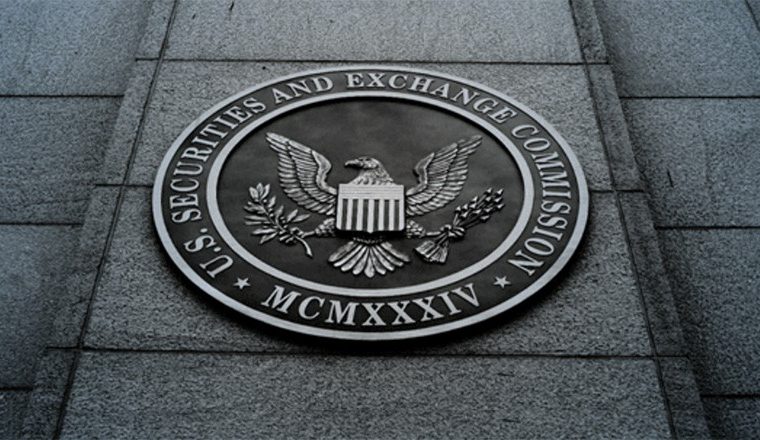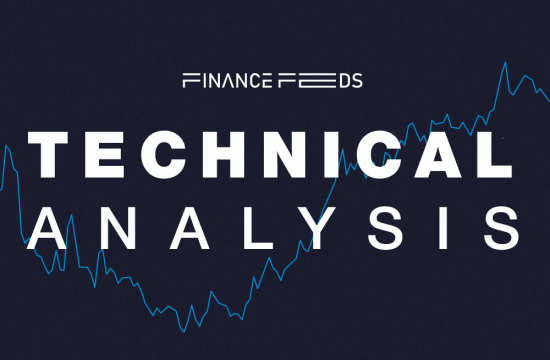A court has recently ruled against a defendant which claimed there was no fair notice for the term “dealer”, which had less binding authority than “investment contract”. Attorney Hogan explained this time is different because the burden is on the SEC.

The Securities and Exchange Commission has filed a letter of supplemental authority in support of its motion to strike Ripple’s fourth affirmative defense, the “fair notice” argument.
The plaintiff has brought to the court a 20 December 2021 ruling on a Northern District of Illinois court denying the defendant’s motion to dismiss the SEC v. Fife.
According to the letter, the Fife defendants contended they did not have fair notice of the SEC’s novel interpretation of the statutory term “dealer”.
Binding authority on “investment contract” since 1946
The court stood by the SEC as it agreed that for purposes of assessing fair notice and due process, “the standard against which the SEC seeks to measure defendants’ conduct is the statute itself, the language of which defendants and all others even arguably involved in securities transactions plainly have had notice.”
The SEC is looking to make the same argument in the SEC v. Ripple: “It is for the courts – not the parties – to determine whether particular conduct falls within the scope of the statute.”
“Indeed, the court rejected the defendants’ fair notice defense at the motion to dismiss stage despite acknowledging that lack of “binding authority” constructing the term “dealer”. In Ripple’s case, binding authority constructing the term “investment contract” has existed since 1946.”
FinanceFeeds webinar: Expert panel to discuss market data for multi-asset brokerages
Hogan says burden is on the SEC
While Ripple Labs prepares a reply to the SEC’s letter, XRP community attorney Jeremy Hogan took to Twitter to offer its analysis on that case which “marginally helps the SEC’s position in its Motion to Strike Ripple’s Fair Notice Defense”.
“It was in a very different stage of litigation and the standard is completely different than the SEC v. Ripple case”, he said.
“In the “Fife” case, the Defendant tried to argue “Fair Notice” in order to dismiss the lawsuit entirely (and failed) because the burden is very high on a party moving to strike a pleading. Fife can still raise it as an affirmative defense later – and I expect they will.
“In the Ripple case, it’s the SEC that is trying to strike the affirmative defense of Fair Notice and it has the high burden to meet. The general idea in modern courts is that the decision should be made after looking at the evidence, unless there’s no “plausible” way of winning”, he explained.












